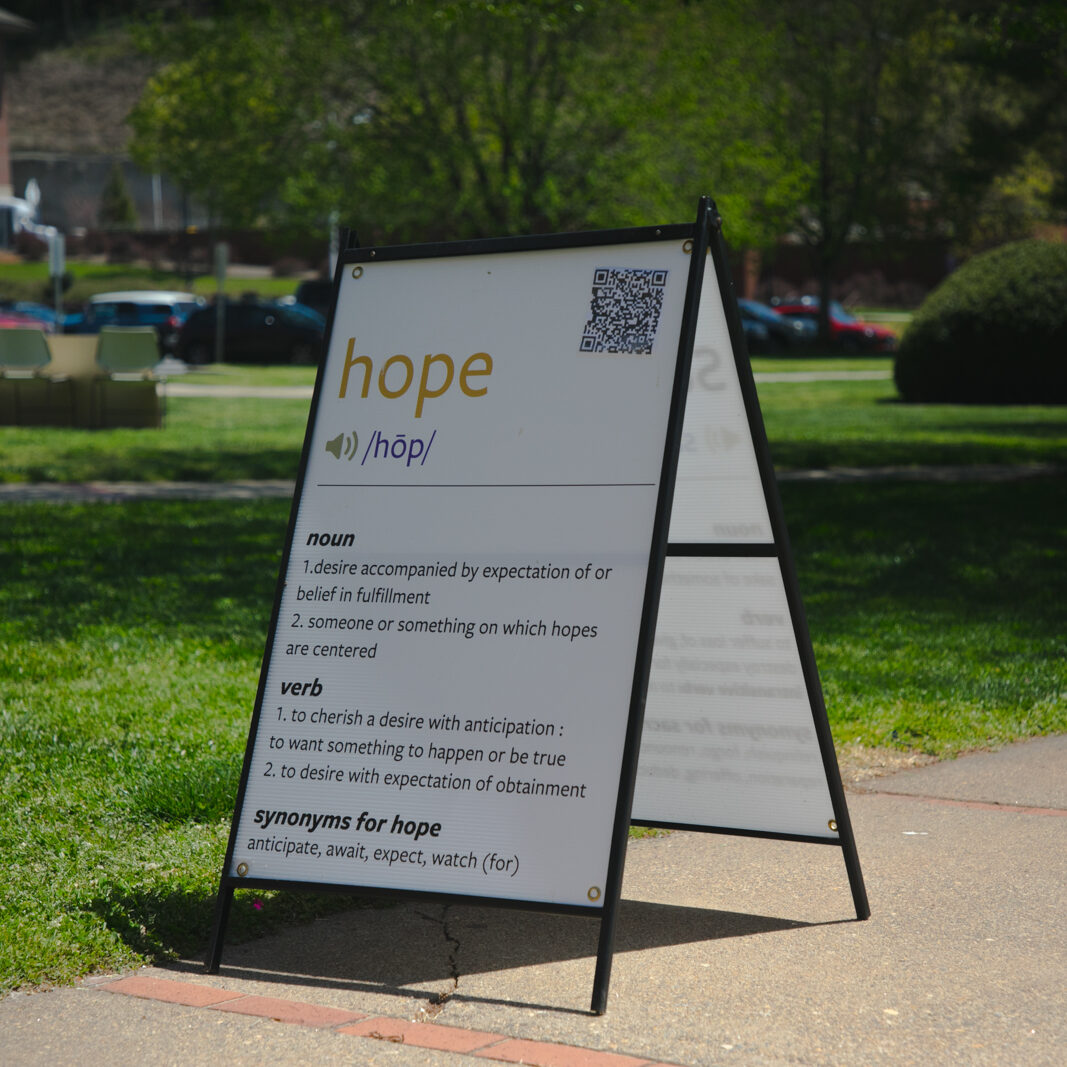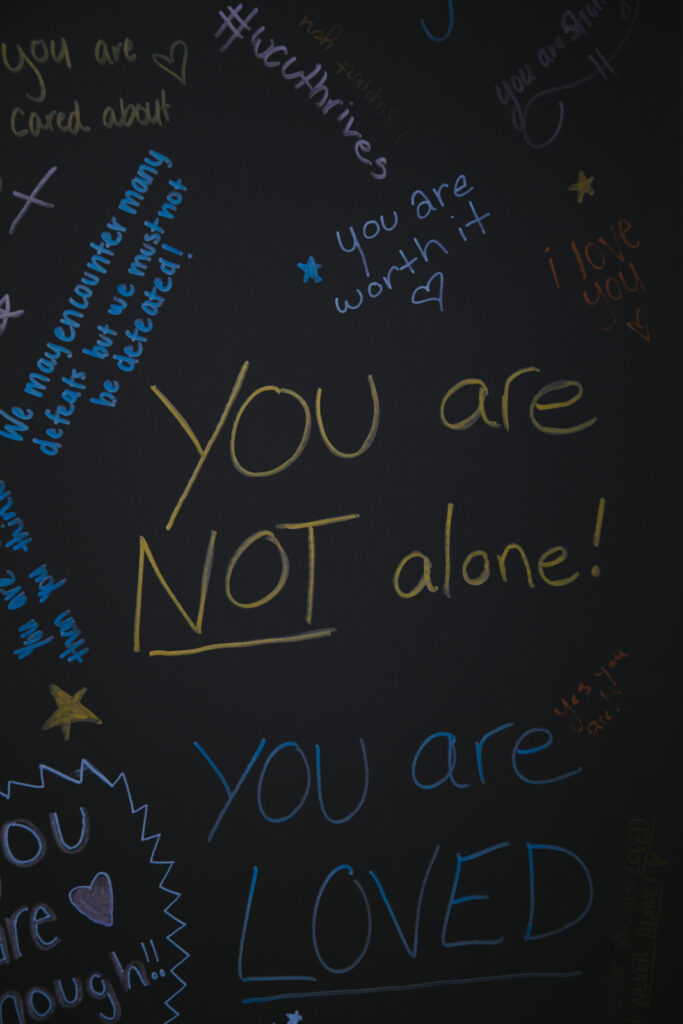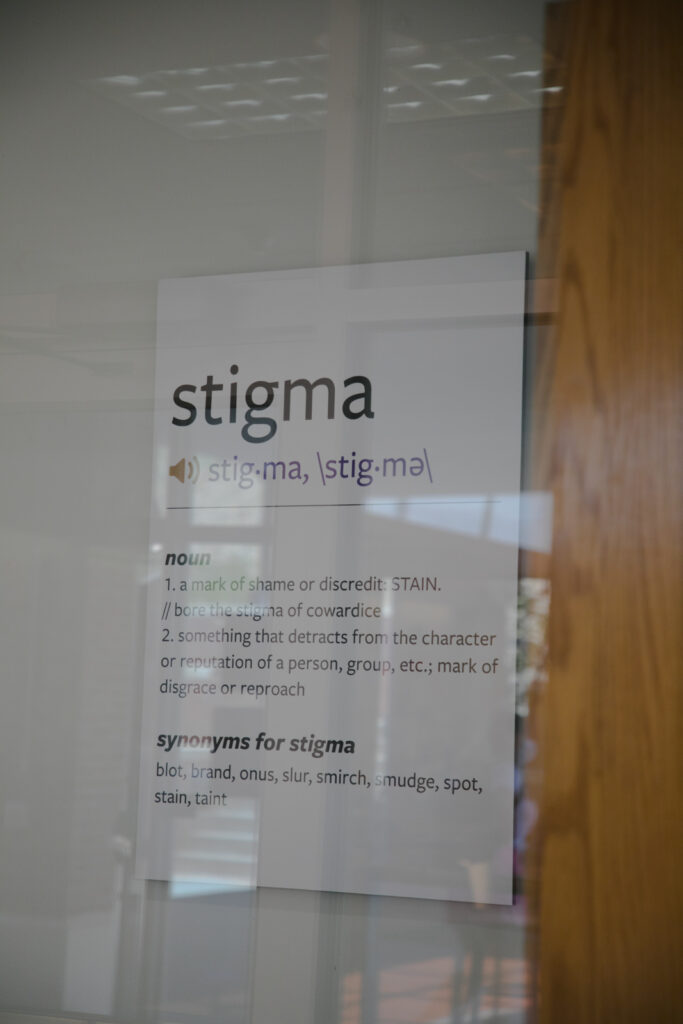
The Tunnel of Oppression has been an annual event at WCU since 2016. Its goal to raise awareness on important issues and explore different types of oppression, this year through a ‘pandemic lens’.
The tunnel is a virtual tour hosted inside the Intercultural Affairs office and is available online to all WCU students until May 15, taking between 2-3 hours to complete. The virtual tour enables students to freely browse and learn about different topics through videos and articles.
The six topics covered in the exhibit are split up into ‘rooms,’ Loss, Sacrifice, Division, Stigma, Despair and Hope. Each room dives into different forms of oppression, revolving around the room’s title.

- The room of Loss displays how people of color have been disproportionately affected by the pandemic, as well as the loss of indigenous language faced by the Cherokee tribe.
- The room of Sacrifice walks through the sacrifices that have been made by everyone because of the pandemic, as well as the struggles of essential workers.
- The room of Division targets the issue of microaggressions and racial division. Displaying how different races are treated differently in everyday life, as well as the rise of the BLM movement during COVID.
- The room of Stigma shows the rise of Asian discrimination due to the pandemic’s origin.
- The room of Despair represents the rise in domestic violence, providing statistics and articles about the increase in abuse.
- The final room, the room of Hope, is focused on self-reflection. Providing students with a debrief from their experience, and links to resources on campus, such as CAPS, if needed.
I went through the tunnel myself, and though it is incredibly moving and informative, it also challenges you mentally. The main purpose of the event is to put you in other people’s shoes, and give insight into the oppression of certain groups that you may or may not have experienced yourself, and it accomplishes this very well.
It was an incredibly impactful experience, not only because it shed light on a lot of serious issues that people are often unaware of – such as the loss of indigenous language and the rise in domestic violence – but it also provided a sense of comfort. During the pandemic we have all felt isolated and alone, this event serves as a reminder that everyone in the world is in this together.
Though it was challenging turning this usually immersive in-person event into a virtual one, Karin Kimenker, WCU Masters Student and ICA Admin Support Assistant, worked hard to make the dream a reality.
Kimenker took this project on as her internship. Because the event had to transition to a virtual platform this year she had to start from scratch. Luckily, she had help.

A lot of the content was created and chosen by student volunteers, including most of the videos. Which, according to Kimenker, some may consider it less sophisticated as a result, but she thinks it is much more meaningful as students get to learn from each other. The ICA staff, as well as the WCU Marketing team and the tour creators also played a big role in the creation of the virtual tunnel.
The team decided they wanted to keep the issues in real time and that the best way to do that was to focus it around COVID-19, as so many topics of oppression were changing or becoming defined through the pandemic. Thus, the birth of the ‘Pandemic Perspectives’ theme.
When in person, the event is usually a 2-3 day physical tour hosted in the Blue Ridge Conference area. The topics divided into physical rooms, where students and staff would act out scenes corresponding with the chosen topic. Last year, the theme of the Tunnel of Oppression was ‘The Labels We Wear: Microaggressions.’ With room topics such as Mental Health, Voting/Political Climate, Mass Shootings, Access to Health Care, Body Image and Hope.
Though Kimenker was worried that having the event online would make the event less immersive, she was excited that she could extend the timeline of the event to reach more students. So far, around 200 WCU students have participated.
The tunnel is now marketing to other schools in the UNC system and registration is open to the public. Since other schools tend to make their version of the tunnel more static, Kimenker is hopeful that students at other universities will participate. ICA is aiming to have between 500 and 600 total participants before the event closes on May 15.
Kimenker believes that awareness is the most important part of the event. Any inspiration for people to investigate issues further because of the tunnel and keep educating themselves about the issues, “…because that’s another person who’s working towards the greater good and trying to figure out ways that we can remove the systems that are perpetuating all of this oppression and discrimination against certain groups,” said Kimenker.
Overall, the virtual Tunnel of Oppression was an eye-opening experience for me. I encourage everyone to check it out and keep an open mind. This exhibit can be triggering if you’ve been through experiences discussed in the exhibit, so be sure to take care of yourself afterwards.


